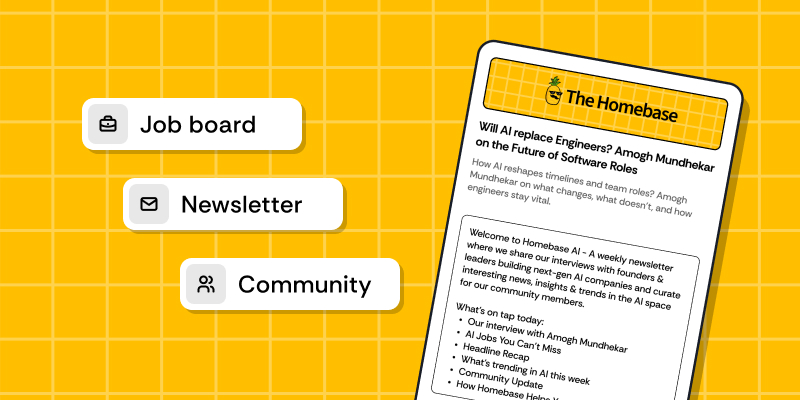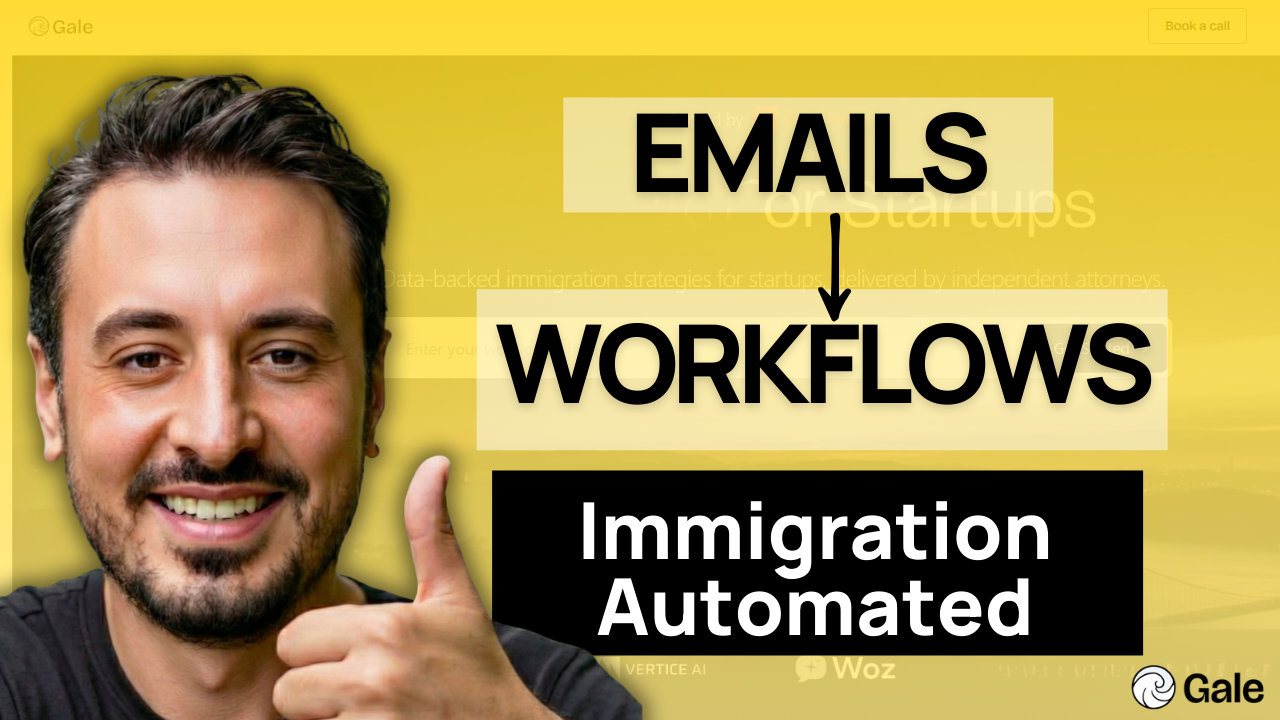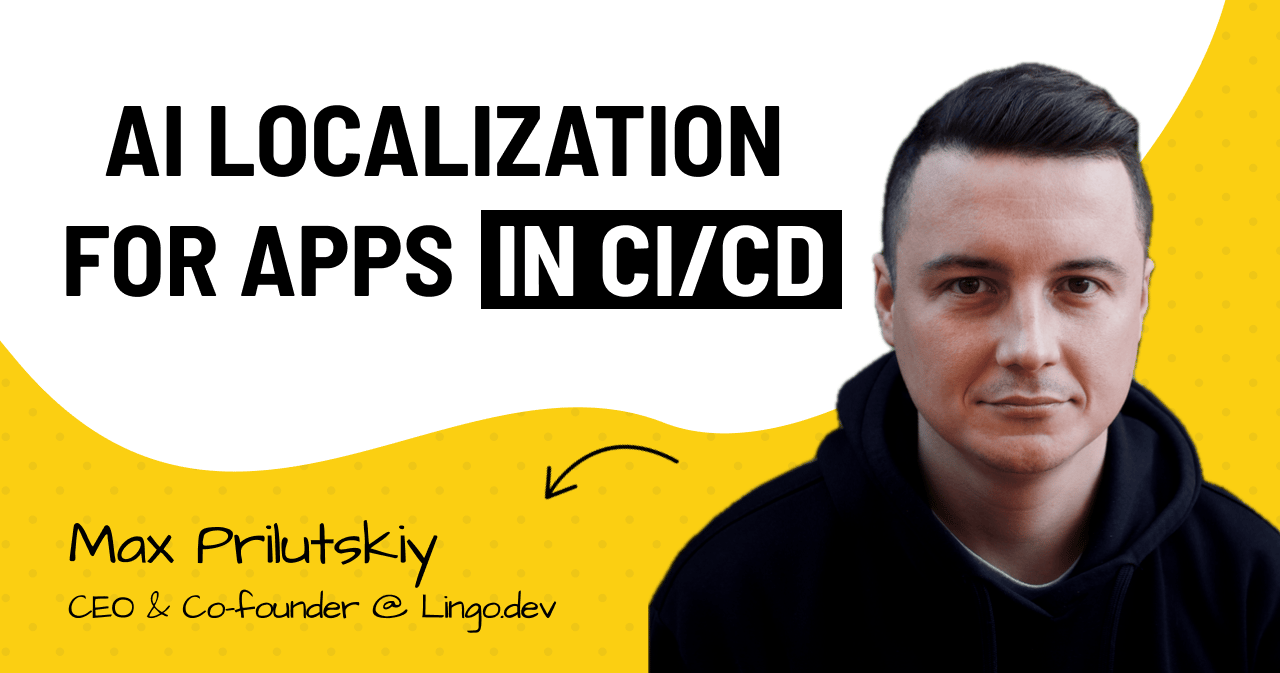We recently interviewed Rajini Anachi, co-founder of AvaWatz, a startup developing AI models for robotic applications. Anachi discussed her company's focus on creating AI solutions for unpredictable environments, particularly in the defense and security sectors. The conversation covered AvaWatz's funding approach, which combines customer R&D contracts and equity capital. Anachi outlined its growth strategies, including partnerships and sector diversification, and described key AI tools they've developed.

Dr. Rajini Anachi, CEO/Founder, AvaWatz
|
Company: |
Founded: |
Headquarters: |
Key Highlights:
If you only have a few minutes to spare, here's what leaders and founders should know about Rajini Anachi's insights:
-
AvaWatz, co-founded by Rajini Anachi and Bala Jana, specializes in building robust AI models for robotic applications in unpredictable environments, focusing on safety and precision in industries like defense, infrastructure inspection, and security.
-
The startup has bootstrapped with $5 million in funding: $2.5 million from customer R&D contracts (non-dilutive) and $2.5 million from equity capital raise, with ongoing efforts to raise additional equity capital.
-
AvaWatz's growth strategies include strategic partnerships (accounting for 50% of their sales pipeline) and sector diversification, expanding from defense into hospitality and utility industries.
-
The company has developed key AI tools: GENIE (improves labeling efficiency), FALCON (enhances model trustworthiness), and TABIT (focuses on reliable autonomous decision-making with augmented domain knowledge).
-
The startup's 'Aha' moment came from a U.S. Air Force challenge to create a runway debris detection and cleanup system, which expanded into a broader vision for AI-powered robots across various sectors.
-
The 10-year vision for AvaWatz includes expanding across multiple verticals within 3 years, scaling sales and marketing efforts within 5 years, and potentially going public within 10 years.
-
On ethical AI, Anachi advocates for incorporating fairness, transparency, and accountability from the start, along with some international standards for the proper and safe use of AI that align with accepted human values.
Your Story: Tell us about your path to becoming a founder.
I've always been drawn to solving complex problems that address large markets. Right after I finished college, one day, a friend approached me with an intriguing challenge from a coal mining company. They had massive conveyor belt systems stretching for miles, and when they broke down, they were left in the dark. Finding the fault could take days, costing them valuable time and money.
My brother and I saw this as an opportunity to innovate. For the next six months, we poured our hearts and souls into developing a fault detection system that could pinpoint and diagnose issues along the conveyor belt. When we finally delivered it to the mining company, they were thrilled with how efficiently it solved their problem. We decided to build a company around our solution and named it Numag, and thus, my journey as a founder started.
After Numag's exit, I pursued my PhD and later moved to the US. Here, I founded the mZeal, which was later rebranded as Cyglass and was acquired by Nominet. Thereafter, created AvaWatz.
The Elevator Pitch: Give us your startup's pitch in 2-3 punchy sentences.
At AvaWatz, we specialize in rapidly building robust and trusted AI models that empower robotic applications to perform with precision in unpredictable, austere environments. Whether it's securing crowded areas like airports, resorts, and campuses, inspecting critical infrastructure, or supporting defense operations, our AI products and solutions ensure human safety by tackling dull, dirty, and dangerous tasks. With AvaWatz, industries gain reliable robotic partners that excel in the most challenging conditions.

Your Idea in the Early Days: What was the 'Aha' moment that led to your startup?
AvaWatz started with a challenge laid down by a U.S. Air Force customer: the need for a runway debris detection and cleanup system to execute its mission on demand in 30 minutes. The challenge was intriguing, and our solution was revolutionary—a dynamic duo of air and ground robots working in tandem.
As we worked on this groundbreaking product, we realized that It wasn’t just about solving a specific problem but about recognizing the vast market opportunity to redefine safety standards. Our vision expanded beyond the confines of airfield runways. We saw a future where AI-powered robots, operating autonomously in the most unpredictable environments, indoors and outdoors, could handle dangerous, tedious, and high-risk tasks with unparalleled precision.
These autonomous vehicles could be used in transportation, surveillance, emergency response, disaster recovery, exploration, agriculture, forestry, infrastructure management, and construction. The possibilities were limitless.
AvaWatz was born from this challenge-turned-opportunity and our belief in robotics' potential to transform how we approach complex tasks.
Market Insight and Early Customers: How did you identify market gaps and acquire your first 10/100/1000 users/customers?
Fortunately, our early customers include key stakeholders from the U.S. Air Force and Department of Homeland Security, who funded the R&D for our technology. Their support allowed us to identify market gaps in both the public and private sectors, enabling us to develop strategies for acquiring our first customers across several verticals and laying the foundation for scalable growth.
Growth: What strategies really moved the needle for your business when it comes to growth?
When it comes to strategies that moved the needle for our business growth, I will highlight two key approaches:
1. Strategic Partnerships: We've built a network of partnerships with service providers, system integrators, and OEMs. This accounts for 50% of our sales pipeline, complementing our direct sales efforts. These partnerships have been crucial in expanding our reach and tapping into established market channels, especially in the defense sector where we've gained significant traction.
2. Sector Diversification: While we've established a strong foothold in defense, we're actively expanding into the private sector. We're initially focusing on the hospitality and utility industries, with plans to enter healthcare and other markets gradually. This diversification strategy is opening up new revenue streams and showcasing the versatility of our AI Robotics solutions across various industries.
These strategies have synergistically worked to maintain a strong sales pipeline of over $16M, particularly in the public sector where we're aiming for an 8-10% conversion rate. Additionally, our upcoming ecosystem partnership in the Hospitality and Utility sectors is set to further accelerate our growth in the private sector.
Biggest challenge/s: Every startup faces hurdles. What were your biggest challenges, financial or otherwise, and how did you tackle them?
One of the challenges I faced as a founder was building the right team. Early hires are critical as each person must bring unique skills that complement others and align with the company’s vision. I prioritized individuals who not only had the necessary expertise but also the resilience and passion to handle the inevitable ups and downs of a startup and were truly committed to the company’s success.
Raising capital remains an ongoing challenge for any early-stage startup. By diversifying our funding sources, I’ve been able to secure investments from individuals who not only provide capital but also bring significant value to the company.
AI in Action: How are you leveraging AI in your business?
Our platform products and services are all AI-based. We are focused on providing infrastructure for creating trusted robust AI models for critical robotic applications.
Game-Changing Tools: What are the top 3 AI products or tools that have transformed how you run your business?
One of our AI Enabler tools, GENIE, is a real game-changer. It tackles the “long tail problem” in machine learning — the challenge of improving model accuracy beyond 80-85% without exponentially increasing costs and time. By enhancing labeling efficiency (essentially finding ways to teach a computer faster and with less effort), GENIE makes it more feasible to create highly accurate AI models for complex tasks. GENIE’s guided labeling allows us to train machine learning models with 5-10x fewer labels. It is the engine that powers (or trains) AvaWatz’s solutions tailored to specific use cases.
Another AI Enabler we have created is FALCON, which is designed to make these AI models more trustworthy and reliable. It can detect when a model is making a mistake, attempt to correct it, and provide explanations for the errors. It also defends against adversarial attacks, making AI systems more robust and dependable in real-world applications.
The third enabler tool, TABIT, is centered around creating reliable, trustworthy, autonomous decision-making with augmented domain knowledge.
Future Vision: What's your 10-year vision for your company? What milestones are you aiming for in the next 3/5/10 years?
In three years, our products and services will be available across multiple verticals. Within five years, we expect to scale our sales and marketing efforts and plan to offer AvaWatz early shareholders a secondary trading opportunity to realize returns on their initial investments. In ten years, we aim to be industry leaders in trusted AI solutions, positioned to go public.
Words of Wisdom: Any insights or advice you'd like to share with fellow entrepreneurs?
Listening to customers, adopting a lean startup mindset, and maintaining the agility to pivot quickly have enabled me to build businesses that thrive in diverse markets. This approach has also helped me identify and understand challenges in every aspect of business development.
Ethical AI: How can we ensure AI systems remain safe, ethical, and aligned with human values as they advance?
The best way to achieve that, in my opinion, is to Incorporate fairness, transparency, and accountability into AI from the very start, along with rigorous testing and strong human oversight. Although I do not believe in over-regulation, I feel some international standards must be established for the proper and safe use of AI that aligns with accepted human values.
AI vs. Human Intelligence: In your view, what are the fundamental limits of AI compared to human intelligence?
Human Intelligence has evolved through millions of years of evolution process, whereas we, humans have trained AI with our knowledge and data to become an incredibly powerful tool for specific tasks that involve data processing, pattern recognition, and automation. However, it lacks the general, creative, and emotional intelligence that we, humans have. It also lacks ethical, and conscious dimensions that are essential to being a human.
Interview with
Rajini Anachi
CEO & President @ AvaWatz









